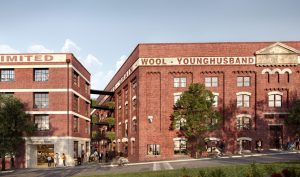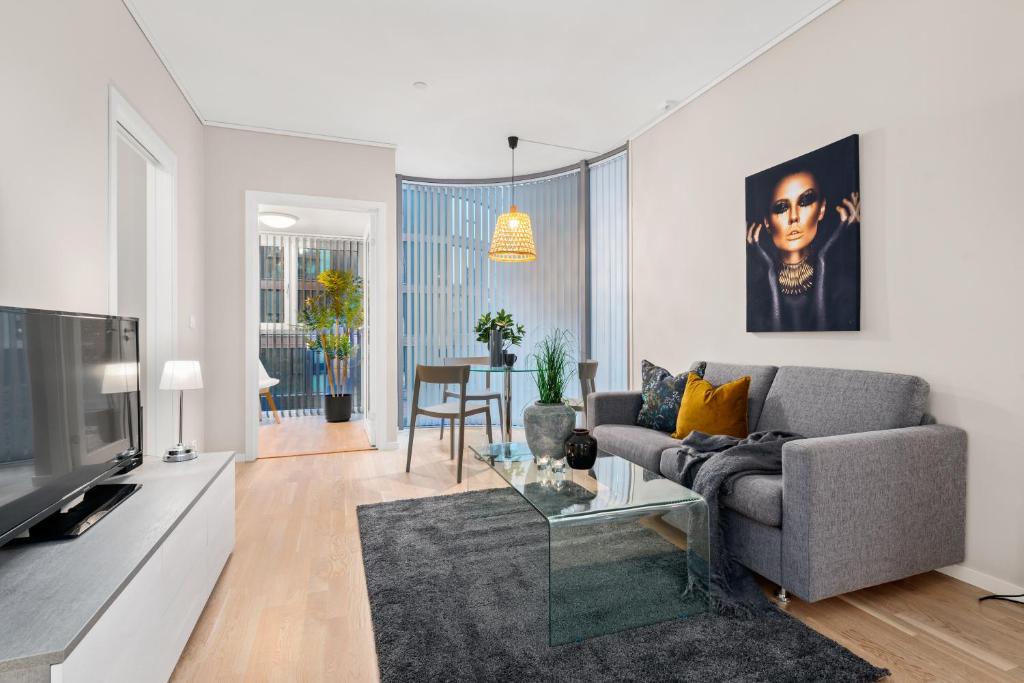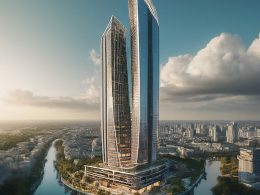Introduction
Inclusivity is more than just a notion; it’s a fundamental human right. Real estate is at the forefront of a transformative journey towards creating inclusive living spaces for all. This article delves into the evolution of inclusive real estate, exploring the principles of accessible architecture, the profound influence of adaptive technologies, and the concept of universal housing. Discover how inclusive real estate is revolutionizing the concept of home, making it a place for everyone.
The Power of Inclusive Design
Inclusive design revolves around creating environments, buildings, and communities that are welcoming and accessible to individuals of all ages, abilities, and backgrounds. In the realm of real estate, it’s about ensuring that housing goes beyond a physical structure; it’s a space where people can truly thrive.
The Three Pillars of Inclusive Real Estate
1. Accessible Architecture
Accessible architecture is the foundation of inclusive design. It transcends basic accommodations like ramps and wider doorways, focusing on thoughtful features such as tactile signage for the visually impaired and well-placed handrails for those with mobility challenges.
2. The Impact of Adaptive Technologies
Adaptive technologies are spearheading progress in inclusive real estate. From voice-activated controls that enhance accessibility to advanced smart home systems catering to diverse needs, technology is redefining the landscape of real estate, making it more inclusive and accommodating.
3. Universal Housing
Universal housing is an emerging concept that’s gaining traction. It revolves around creating homes that are flexible and adaptable, capable of evolving with the changing needs of their occupants. This approach is particularly valuable for individuals who face age-related challenges and for multigenerational households.
Real-Life Impact
1. Multigenerational Housing
The surge in multigenerational housing is a testament to the significant impact of inclusive design. Homes designed to accommodate individuals of all ages ensure that families can live together harmoniously, reinforcing family bonds and unity.
2. Co-Living Spaces
Co-living spaces exemplify inclusivity. They offer fully furnished apartments and shared areas designed for convenience and accessibility, ensuring a harmonious living experience for residents with diverse needs and backgrounds.
3. Adaptive Reuse Projects
Adaptive reuse projects are breathing new life into old buildings, transforming them into accessible and vibrant community spaces. These projects seamlessly merge historic preservation with modern amenities, creating spaces that celebrate inclusivity.

Empowering Communities
Inclusive design doesn’t just empower individuals; it empowers entire communities. Real estate projects that embrace these principles foster vibrant and diverse neighborhoods, ensuring that everyone has the opportunity to participate fully in the community, creating a stronger sense of belonging.
A Future of Inclusive Living
Inclusive design in real estate is not just a trend; it’s a commitment to creating welcoming and accessible living spaces. As architects, developers, and communities continue to champion these principles, our cities and homes will continue to evolve to become more inclusive, creating a future where everyone is welcome, valued, and able to thrive. Real estate isn’t just about constructing structures; it’s about building a world where everyone has equal access to the comforts of home.
Key Points on Inclusive Design in Real Estate:
| Key Point | Description |
|---|---|
| Accessible Architecture | Accessible architecture emphasizes thoughtful features for various abilities, such as tactile signage and well-placed handrails. |
| The Impact of Adaptive Technologies | Innovative technologies, including voice-activated controls and advanced home systems, are driving accessibility in real estate. |
| Universal Housing | Universal housing creates adaptable homes capable of evolving with occupants’ changing needs, benefiting those with age-related challenges and multigenerational households. |
| Multigenerational Housing | Homes designed to accommodate individuals of all ages ensure harmonious coexistence of multigenerational families. |
| Co-Living Spaces | Co-living spaces provide fully furnished apartments and shared areas designed for convenience and accessibility for diverse residents. |
| Adaptive Reuse Projects | Adaptive reuse projects transform old buildings into accessible community spaces, merging historic preservation with modern |










